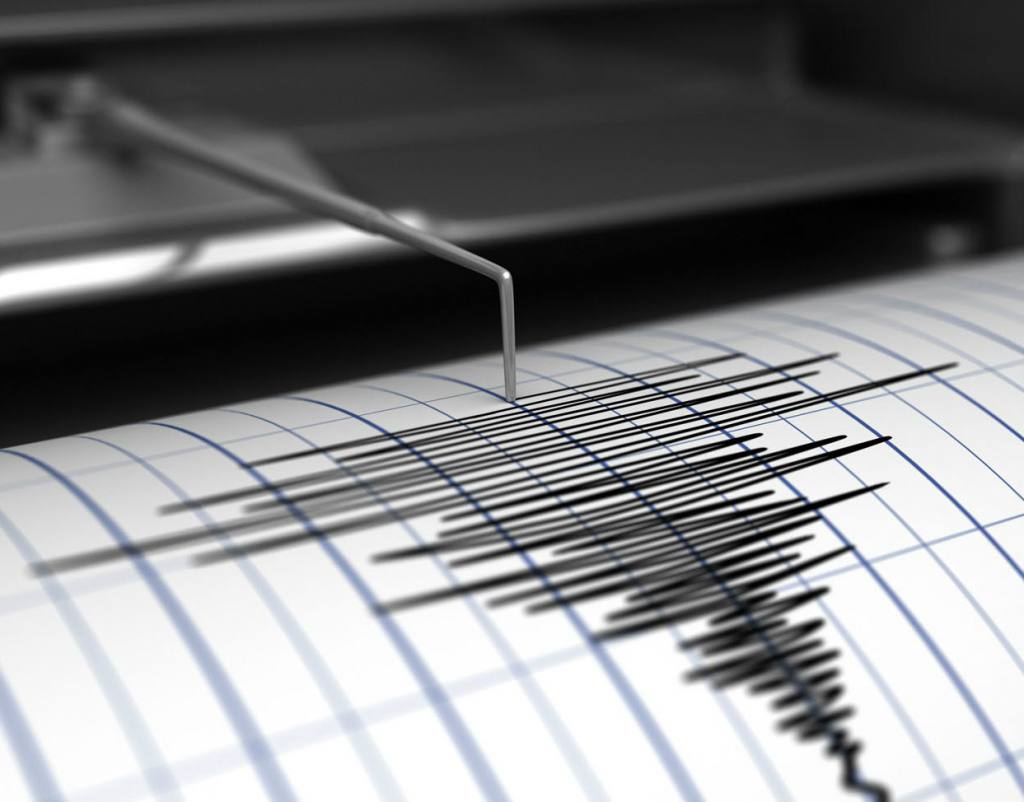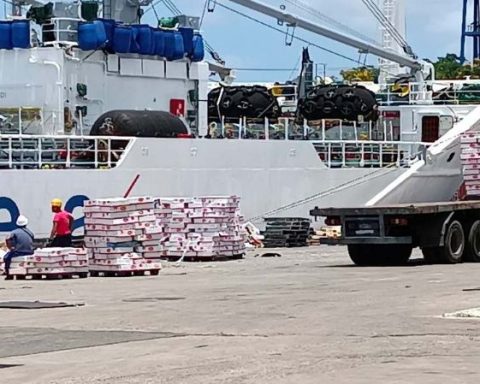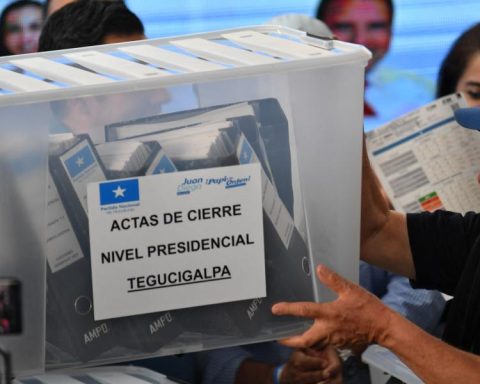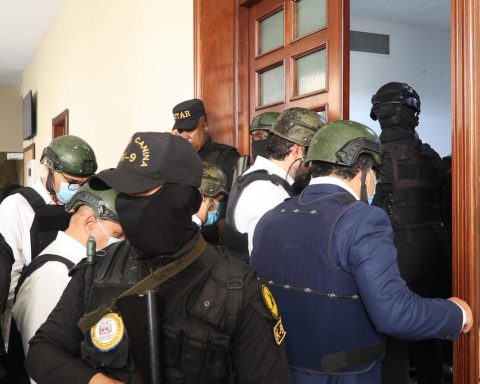Specialists from the National Center for Seismological Research (Cenais) are part of an international project sponsored by the Center for Geosciences and the Environment of the University of Toulouse 3, in France.
Dr. Olearys González, director of the Cuban scientific institution, reported to the Prensa Latina (PL) agency that for about four years they have been involved in Prest (Regional Telluric Monitoring Platform, for its acronym in French), an initiative that includes studies in Haiti, Martinique and Guadeloupe, among other Caribbean countries.
The expert indicated that these telluric research platforms in the region are in charge of the comprehensive study of the earth, the mechanics of earthquakesthe trace left by tsunamis that occurred in remote times, as well as monitoring and geodynamic investigations.
González explained to the outlet that every year campaigns are carried out with global positioning systems (GPS) to know the dynamics of the crust, particularly in the eastern zone, with repercussions related to the Homework Lifeprogram of the Cuban State for the protection of the environment.
A task for a whole century: the Cuban plan against climate change
He affirmed that Cenais is beginning, as part of Prest, geodynamic studies with these techniques to advance in the knowledge of the variations in sea level, measurements that are in process to have them in real time as the European center already does.
The executive stressed that the results of the investigations are linked, in addition to tsunamis and variations in sea levels, with flooding due to hydrometeorological phenomena.
One of the possibilities of the project is to determine as far as possible the distance of the waves, with the placement of sensors in the precise places. This would contribute to the protection of the population and material resources in key points such as the Havana and southeastern coasts, predicted the expert.
Until now, these geodynamic values were not available in the country and specialists of a very high scientific level in the world take part in these measurements, he remarked.
Although the occurrence of large earthquakes is not common in Cuba, less intense telluric movements are recorded, mostly perceptible in the eastern region.
The year 2022 closed for Cuba with the record of 13 perceptible earthquakes that reflect a period in ranges of “normality with nuances in their behavior”, according to a summary of the National Seismological Service (SSN).
So far this year there have been news of two of these movements, the first in early February with an epicenter of magnitude 5.5 on the Richter scale and located to the southwest of the Isla de la Juventud special municipality. The second report originated 82 kilometers southeast of Maisí. Its effects were felt in the provinces of Santiago de Cuba, Guantánamo and Holguín.

















